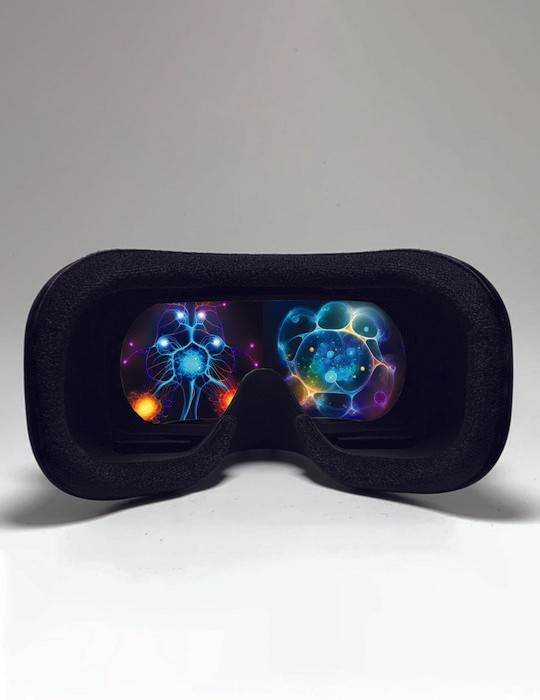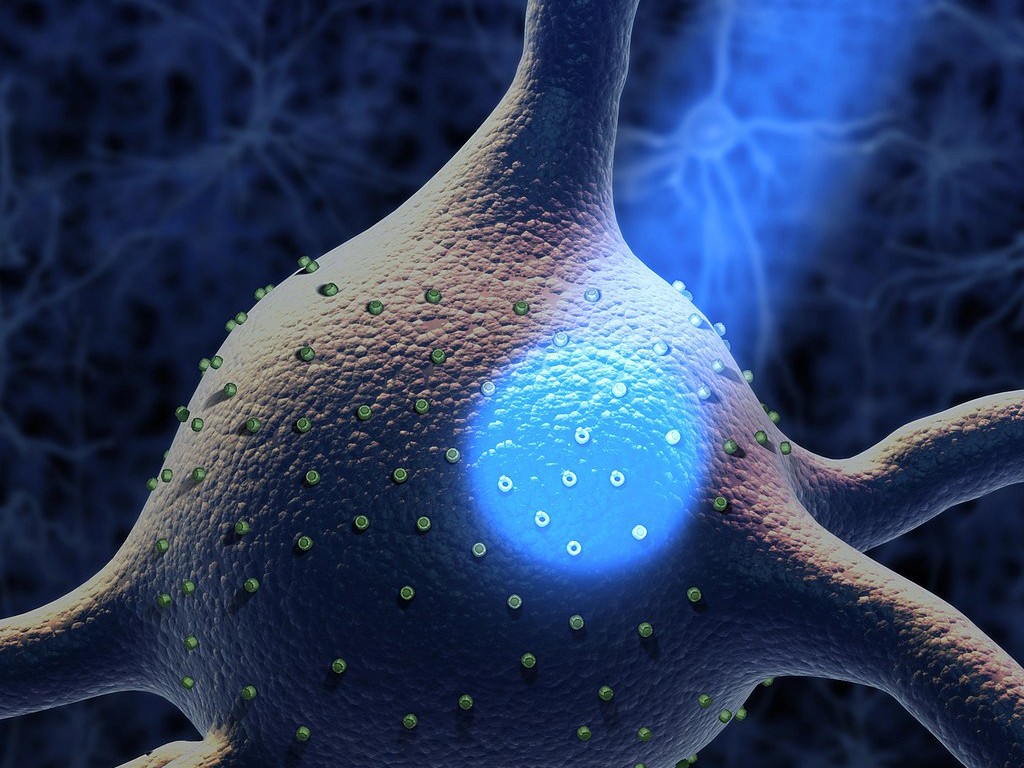Shining a Light on Aging: Optogenetic Approach to Cellular Stress Creates ‘Virtual Reality’ for Cells
New research describes a novel optogenetic technique to study the integrated stress response in live cells without physical or chemical damage
Jul 19, 2023
McGovern Institute for Brain Research at MIT (Wikimedia Commons)
With aging as its archenemy, Integrated Biosciences, a biotechnology firm that amalgamates synthetic biology and machine learning, has today made a breakthrough announcement in collaboration with the University of California Santa Barbara's researchers. The unveiling of a revolutionary drug discovery platform designed to precisely manipulate the integrated stress response (ISR) is a groundbreaking advancement in the biotech industry. The ISR, a biological pathway that comes into play when cells face myriad pathological and age-associated conditions, can now be deftly managed.
In an article headlined, "Optogenetic control of the integrated stress response reveals proportional encoding and the stress memory landscape," the company's founders illustrate a novel technique that elicits ISR through the power of light. Featured on the cover of Cell Systems, the paper details how the toll of stress over time alters a cell's reaction from adaptation to apoptosis or programmed cell death.

The company co-founder and assistant professor of Molecular, Cellular, and Developmental Biology at the University of California Santa Barbara, Maxwell Wilson, PhD, describes the platform's impact: "In a very real way, our platform puts cells into virtual reality, making them experience stress in the absence of physical stressors. This work is an important advance because it relies on a light-activated switch to control the ISR, which is key to aging, rather than using the chemical poisons that are common in this field of research. Our synthetic biology platform enables previously impossible drug discovery because it avoids inducing the collateral damage caused by chemical poisons, enabling us to observe direct effects of drug candidates on the cell’s stress response and perform fast and accurate target deconvolution."
The "cellular virtual reality" system by Integrated Biosciences uses the principles of optogenetics, a technique pioneered by neuroscientists, enabling specific neurons to react to light flashes. Their platform has genetically modified neuroglioma and osteosarcoma cancer cells to enable their ISR to be responsive to light. The research posits that the reaction of a cell to virtual-reality stress hinges on intensity and duration, with the accumulation of stress over time playing a pivotal role.
“The integrated stress response (ISR) is a conserved signaling network that detects aberrations and computes cellular responses. Dissecting these computations has been difficult because physical and chemical inducers of stress activate multiple parallel pathways. To overcome this challenge, we engineered a photo-switchable control over the ISR sensor kinase PKR (opto-PKR), enabling virtual, on-target activation. Using light to control opto-PKR dynamics, we traced information flow through the transcriptome and for key downstream ISR effectors,” the authors wrote. “Our analyses revealed a biphasic, proportional transcriptional response with two dynamic modes, transient and gradual, that correspond to adaptive and terminal outcomes. We then constructed an ordinary differential equation (ODE) model of the ISR, which demonstrated the dependence of future stress responses on past stress. Finally, we tested our model using high-throughput light delivery to map the stress memory landscape. Our results demonstrate that cells encode information in stress levels, durations, and the timing between encounters.”
The article in Cell Systems is the second important publication by Integrated Biosciences. A prior publication in Nature Aging in May titled "Discovering small-molecule senolytics with deep neural networks" underscored how AI can assist in unearthing novel senolytics, which are anti-aging compounds that selectively get rid of senescent or "zombie" cells. These compounds have demonstrated potential in treating age-related diseases such as fibrosis, neurodegeneration, and cancer.
Through the amalgamation of cutting-edge technologies, as outlined in the two publications, Integrated Biosciences is producing a new generation of data about their anti-aging drug candidates, thereby considerably minimizing risks for future clinical trials targeting age-related diseases.
"This study demonstrates an important pillar of Integrated Biosciences' platform – that the company can use synthetic biology, and in particular optogenetics, to control age-related cellular signaling pathways. This technology allows for novel drug discovery efforts, allowing us to query specific aspects of cellular biology that produce faster, on-target drug screens with the built-in mechanism of action validation," said James J. Collins, PhD, Termeer Professor of Medical Engineering and Science at MIT and founding chair of the Integrated Biosciences Scientific Advisory Board.


















